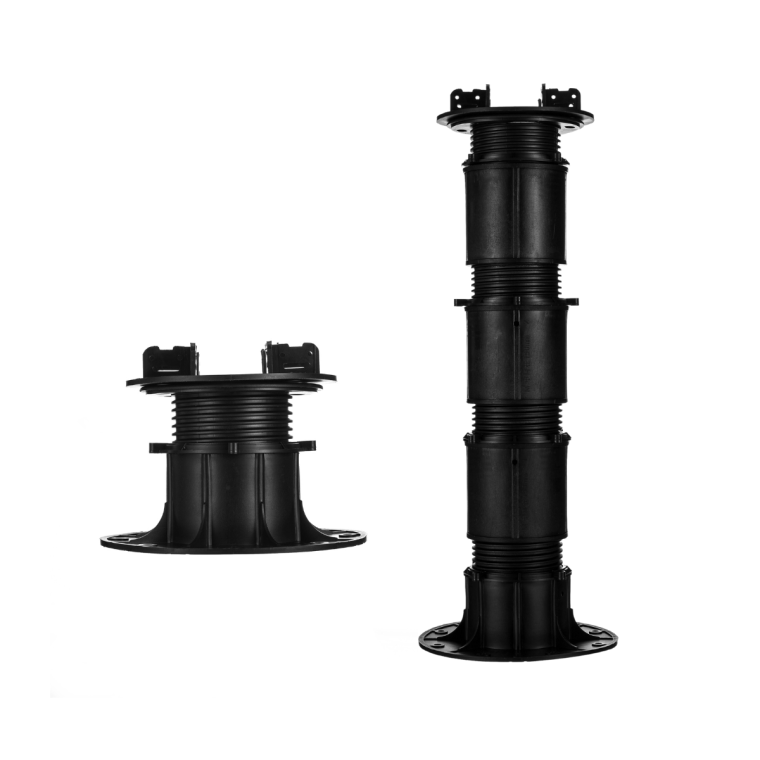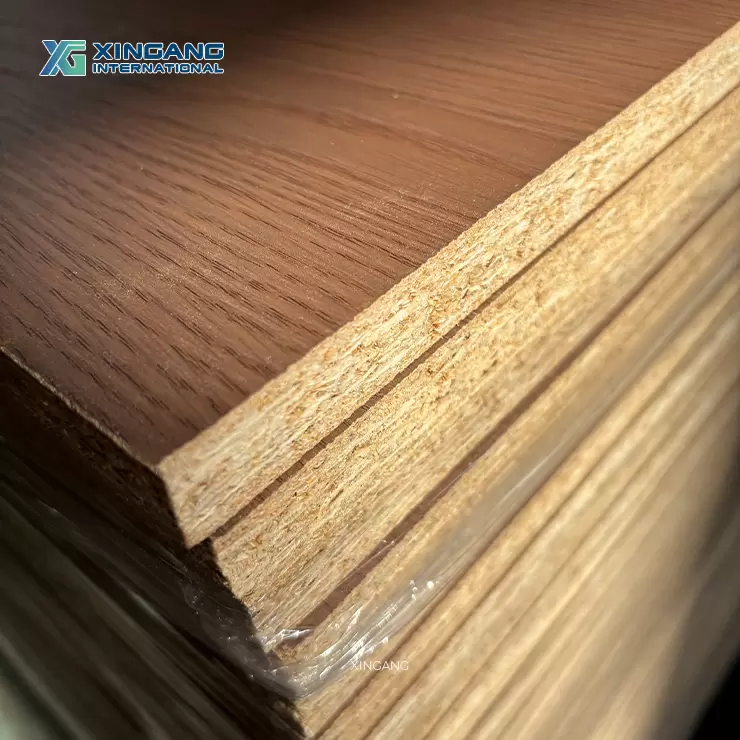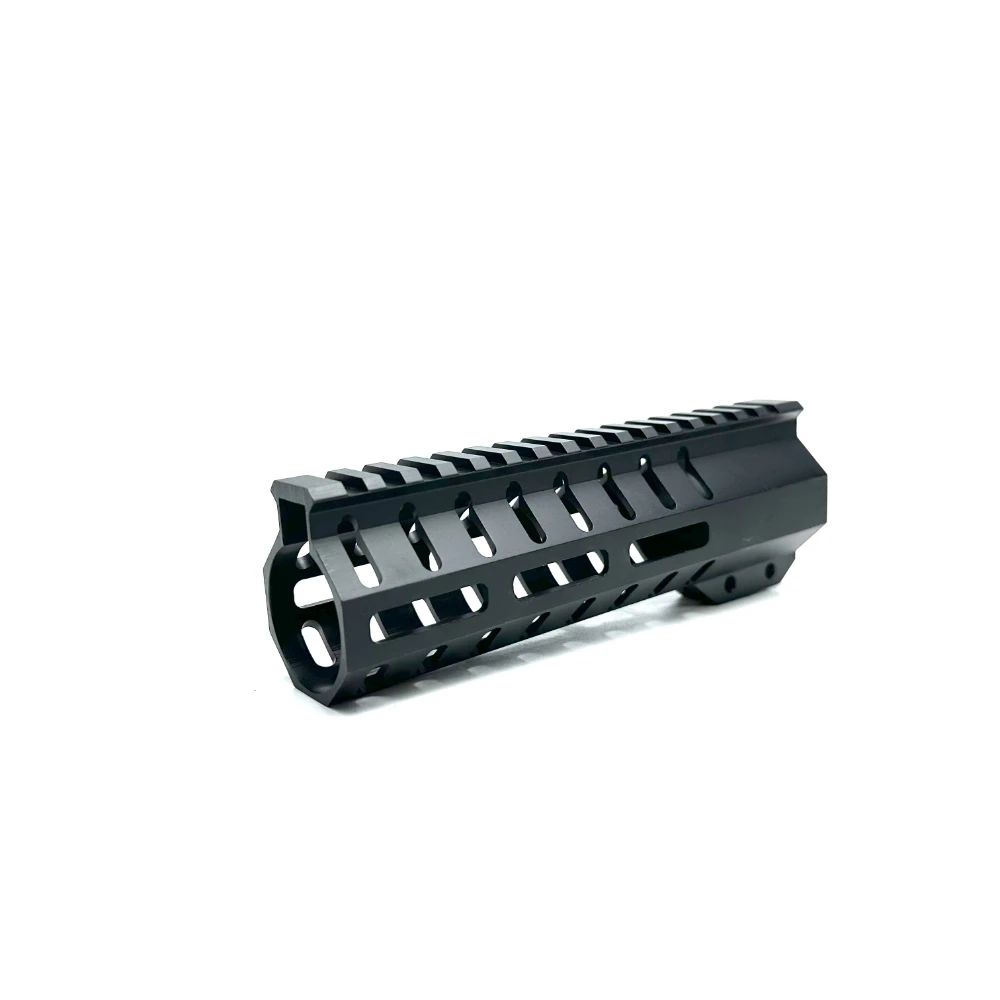Concrete slabs are a popular choice for foundations, patios, and floors due to their durability and strength. However, they are not impervious to moisture, which can lead to a host of problems, including mold growth, structural damage, and decreased longevity. If you have an existing concrete slab that is susceptible to water intrusion, waterproofing is essential. This article will provide a detailed, multi-layered approach to effectively waterproofing your concrete slab, ensuring long-lasting protection against moisture.
Understanding the Importance of Waterproofing
Before diving into the methods of waterproofing, it’s crucial to understand why this process is necessary. Concrete is a porous material, meaning it can absorb water. Over time, this can lead to:
- Structural Damage: Water can weaken the concrete, leading to cracks and eventual structural failure.
- Mold and Mildew Growth: Moist environments are breeding grounds for mold, which can pose health risks.
- Increased Maintenance Costs: Water damage can lead to costly repairs and maintenance over time.
Assessing Your Concrete Slab
Before applying any waterproofing solution, it’s essential to assess the condition of your existing concrete slab. Look for:
- Cracks and Holes: Inspect for visible cracks, holes, or spalling. These need to be repaired before waterproofing.
- Moisture Levels: Conduct a moisture test using a plastic sheet. Tape a square of plastic to the slab and leave it for 24 hours. If moisture collects under the plastic, your slab has high moisture levels that need addressing.
- Surface Condition: Ensure the surface is clean and free of debris, oil, or any other contaminants.
Preparing the Surface
Proper preparation is critical for effective waterproofing. Follow these steps:
- Clean the Surface: Use a pressure washer or a stiff broom to remove dirt, dust, and debris. For oil stains, a degreaser may be necessary.
- Repair Cracks and Holes: Use a concrete patching compound to fill in any cracks or holes. Ensure the patch is level with the surrounding surface.
- Allow to Cure: Let any repairs cure completely according to the manufacturer’s instructions, usually 24 to 48 hours.
Choosing the Right Waterproofing Method
There are several methods to waterproof an existing concrete slab, each with its own advantages. Here are the most effective options:
- Liquid Waterproofing Membrane
A liquid waterproofing membrane is a popular choice for its ease of application and effectiveness. It forms a seamless barrier against moisture.
- Application: Use a roller or brush to apply the membrane evenly across the surface. Ensure you cover all areas, including edges and corners.
- Curing Time: Allow the membrane to cure as per the manufacturer’s guidelines, typically 24 to 48 hours.
- Cementitious Waterproofing
Cementitious waterproofing is a robust solution that involves mixing a special waterproofing compound with water and applying it to the slab.
- Mixing: Follow the manufacturer’s instructions for mixing the compound.
- Application: Use a trowel to apply the mixture, ensuring a thick, even layer. This method is particularly effective for areas prone to heavy moisture.
- Epoxy Coatings
Epoxy coatings provide a durable and chemical-resistant surface that can effectively waterproof concrete slabs.
- Preparation: Ensure the surface is clean and dry before application.
- Application: Mix the epoxy resin and hardener according to the instructions, then apply with a roller. This method is ideal for high-traffic areas.
Post-Application Care
Once you have applied your chosen waterproofing method, it’s essential to maintain the integrity of the waterproof barrier:
- Regular Inspections: Check for any signs of wear or damage periodically.
- Reapplication: Depending on the product used, you may need to reapply the waterproofing layer every few years.
- Proper Drainage: Ensure that water is directed away from the slab to prevent pooling, which can compromise the waterproofing.
Conclusion
Waterproofing an existing concrete slab is a critical step in maintaining its integrity and longevity. By understanding the importance of moisture control, assessing the condition of your slab, preparing the surface properly, and choosing the right waterproofing method, you can effectively protect your investment. Regular maintenance and inspections will ensure that your waterproofing solution continues to perform, safeguarding your concrete slab from the damaging effects of moisture for years to come.







